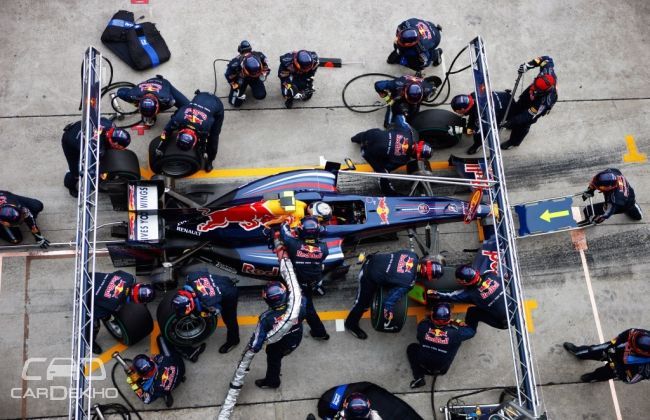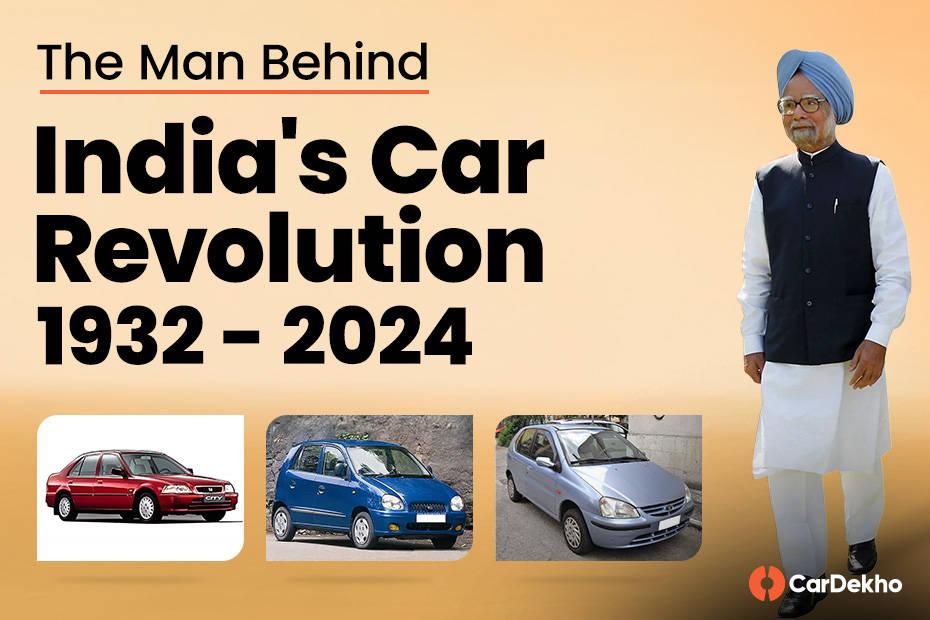Risky Business: Formula 1 Support Team
Published On Jul 24, 2015 10:36 AM By Manish
- Write a comment
What started out as a recreational gathering of the Europe's richest playboys, showing off their latest automotive acquisitions over the weekend in 1950's, has over time become the epitome of automotive sports. Formula 1 is a display of the finest that a company has to offer and the extent to which they can push their ingenuity. Drivers and the constructors can't help but exercise compulsive insanity when it comes to driving these machines, as there is a desperation to thrive and be better than others. Over the last decades, Formula 1 has given us moments in which we have laughed, been in awe and have even cried, thanks to legends like Niki Lauda, James Hunt, and many others. Ensemble of these drivers, which also happen to include names like Ayrton Senna, have achieved god-like pedestals in the eyes of their followers, but as to erect a monument one requires an army, the same applies to these legends as well.

The win or for that matter, the success of a Formula 1 car is determined just as much by the efficiency of its crew as it is by the focus and concentration of its drivers. They are the unsung heroes of the pit lanes. From the mechanics, who have to be moulded to do their job, as it requires one to have very small hands to reach the narrow corners of the car, which impose a constant problem due to the obsessive weight reduction that is carried out on these machines, to the racing coordinators, who make sure that all the gear is packed and shipped in time, so it is ready for the drivers when the need arises, the ancillary units to the prosperity of an F1 team are numerous. These and various other operations that need to be carried out and they need to be carried out in record time because a Formula 1 team must be up and leave at a moments notice to the next race venue, which might just be on the other side of the world.
The Redbull team carries in excess of 30,000 kilo of airfreight in terms of equipment. If any team misses the qualifying lap by 10 minutes or is not in the qualifying race, then it has to start out last during the main event and as a considerable part of the car is assembled on the track, on the day of the race, the pressure is definitely on for the crew.
The constructors keep the development team on their toes. It is a general rule that if, all the production parts have been made available to the team a week before, then it means that the development team is not trying hard enough. This is not to say that, Formula 1 incorporates a practice of developing results from insinuating chaos in the crew. Formula 1 is actually all about teamwork and it is no longer an individual sport. A typical Grand Prix team roughly constitutes of around 650 people, who cover and work on different aspects of the car.
Pit stops are one of the most crucial parts of Formula One and play a major role in determining the race's outcome. The efficiency of a pit crew determines how fast a pit stop can be made, and faster the pit stop, faster the car can finish the race, as a result of which the driver gains an advantage over the other cars. The same during a race can translate into gaining or losing a place on the podium. The constructors are paying special attention to develop systems by which they can stay in touch with the pit crew regardless of their location, to ensure that their training is kept on track and also to make sure that they have the facilities that they need in order to complete their training.

As it can’t be said that a race can be won solely on basis of a pit stop, the stress increases exponentially realizing that you can cost a win because of a delayed pit stop. A Formula 1 team is an example of an effectively-functioning professional relationship and like any relationship, communication is the key. The driver and the crew, always stay connected via comm lines. Details like, the number of gear the car is in or should be in and in what range the engine is revving are fed to the driver as well as the crew on a constant basis. Too quick and the crew might make a mistake, too late and the crew might cost the race.
The pressure is on for the driver as well. While pulling in to the pit the driver must exercise precision, if the driver pulls too far forward or too far backward or maybe a little to the side, he will put everyone off and maybe even cause some serious injuries. In a good pit stop, within a time frame of mere 3 seconds a crew of 20 people descends on the car, undoing the wheel-nut, jacking the car up in the least amount of time and gets a new wheel on, in the first attempt. The feeling of competition is not just limited to the drivers or the constructors, but can be observed inside the same crew. Each corner of the car is competing with the other corner to demonstrate better efficiency. The rivalry is insinuated as you wouldn't want to be the last man, to culminate his assigned task. The chief mechanic monitors and supervises all these proceeding and also keeps an eye out on the track and the pit lane, to make sure that the car is not released in front of another. All this while the driver is only focused on the “lollipop” which is a term used to address the signal that, gives the driver a green light, indicating that it is safe to drive away.
To gain some perspective, one can imagine being in the shoes of any efficient pit crew, executing a fast pit stop, which should not last more than 3 seconds. All the while you are being watched by the entire world as, an extremely combustible fuel is hauled around your vicinity as you execute your task.










